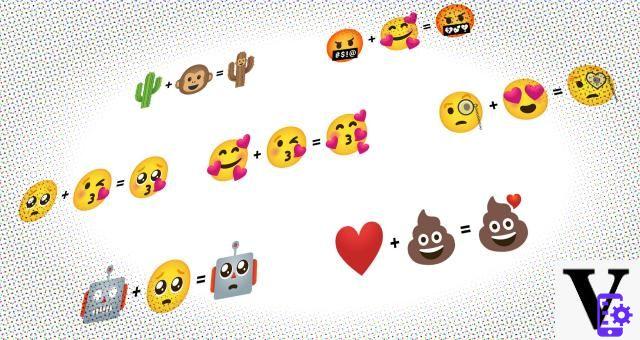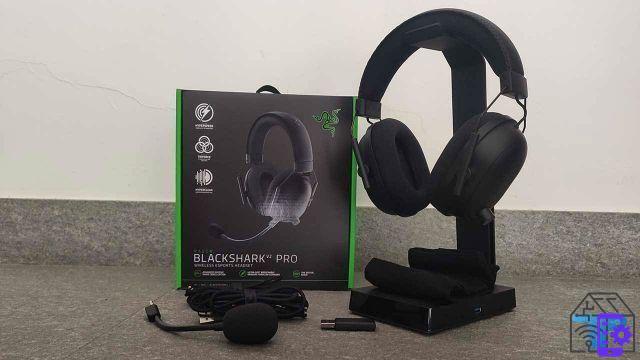Like every Monday, the “How has it changed” column gives us the opportunity to move around the house and ask ourselves how an object that has become everyday use for us was really born. As the washing machine, for example, the protagonist of today's article. If you stop and think, it is almost unthinkable for us not to have a latest generation model at home. Yet there have been centuries in which women have devoted much of their physical energy to washing family clothes, and in some countries of the world this is still the case. Let's get ready for this new journey into the past in which we will discover together who invented the washing machine, its history and its evolution.
- Who invented the washing machine?
- The first real washing machine models
- A light at the end of the tunnel: the electric washing machine
- From automatic washing machines to smart
Who invented the washing machine?
The invention of this appliance plays an important role in women's emancipation, precisely because it has relieved mothers and daughters from a terribly tiring task. Before there was a washing machine, it was a widespread habit wash clothes by hand in rivers and streams, using stones as a base and sand as an abrasive. And we are not referring to Ancient Rome, mind you. This washing method was still in vogue at the end of the 700th century, when the first prototype of this appliance was developed. A brilliant intuition, which we owe to a theologian. Yes, you read that correctly! It was a theological expert who invented the first washing machine.

Who invented the washing machine: the intuition of a theologian
The history of the washing machine is nothing short of extraordinary. The first prototypes of this washing machine date back to second half of the eighteenth century and they are nothing more than mechanical reproductions of the gesture that women used to wash clothes. There have probably been men who have carefully studied what was happening at the nearest river, because these projects were born just like that. Among them we remember the Latvian writer Stenders and the German theologian Schäffer.
In particular, it seems that it was the Regensburg theologian, Jacob Christian Schäffer, to design one of the first washing machine models. In reality, it was rather a rudimentary machine that had it purpose of "rubbing" the cloths, just as it was done manually by women. It goes without saying that, although Schäffer's good intentions were appreciable, the project was not very successful. The clothes were not completely clean, and were actually worn by excessive rubbing. The idea, however, was not at all evil, and certainly served to posterity to develop a much more performing washing machine.

The first real washing machine models
Who invented the washing machine: Thomas Bradford's drum
Schäffer's attempt was unsuccessful, but it certainly paved the way for a series of projects that allowed the production of one of the appliances we are most fond of. Almost a hundred years after the prototype of the Regensburg theologian - in 1860, to be exact -, Thomas Bradford developed the first real model of washing machine.
It was a machine equipped with one cage octagonal in wood, inside which the clothes were placed. This, in turn, was placed inside a larger box, into which the soapy water had to be poured. The whole contraption it was operated by means of a crank, which allowed the two boxes to move, letting the water enter the cage containing the clothes to be washed. Bradford then added one roller wringer, which allowed the clothes to come out of the car without water. In short, the operation was more or less that of a modern washing machine, except that everything had to be done manually.
READ ALSO: Samsung Ai Control: the washing machine becomes even smarter
William Blackstone's first real washing machine
Although Bradford's machine turns out to be the perfect ancestor of the modern washing machine, there are some who disagree at all in assigning it the authorship of the invention. According to some historians, the real inventor was William Blackstone, an American merchant who developed a model of a washing machine in 1873. He was a man incredibly fond of his wife, so much so that he decided to give him his first washing machine on the occasion of his birthday. He was probably tired of seeing the woman he loved working so hard to wash her clothes, and he decided to help her in some way. So let us say that the appliance we are fond of was born as gesture of love.
Blackstone's model even went beyond the performance of Bradford's. The shape was that of a wooden barrel, where the water and soap were poured. Inside was housed some sort of pin equipped with pegs who, moving, moved the clothes rubbing and washing them. As you can imagine, this model worked too manually operatedbut it was undoubtedly less tiring to turn a crank than to wash clothes by hand. A detail that marked the success of Blackstone, who began to sell his washing machine for well $ 2.50 per piece. Later, what was once a merchant became a real entrepreneur, who founded his company in New York, making it the first true manufacturer of washing machines.

A light at the end of the tunnel: the electric washing machine
It is beyond question that a machine, even if operated manually, was more practical than the habit of washing clothes by hand. But, let's face it, it only partially solved the problems. No wonder then that research to improve this clothes washing machine went on for decades. And the first major turning point took place in 1906, when Alva Fisher conceived the first electric washing machine.
The following year the Hurley Electric Equipment Company launched on the market "Thor“, Based on Fisher's project. The wooden tanks were replaced by metal ones, but we still cannot say that the machine was actually working. On the contrary. Washing worked like never before, but using it was quite dangerous. The electric motor was not well insulated from the basket and, every time that splashes of water came out of it, there was the risk of short circuits and electric shocks for anyone touching the washing machine.
Fortunately, a few years later this model was perfected by Joe Barlow e John Seeling, founders of “Barlow & Seeling Manufacturing”, which later became Speed Queen, one of the pioneering companies in the sector. It took nearly a decade to make some basic improvements to the Fisher prototype: the multidirectional sliding, the waterproof electric motor - so as to avoid dangerous short circuits for housewives - and two-speed, the built-in rotation functionality. And when the machine was perfected, it also began to exit the US market, also invading the European one. A truly incredible success, if you consider that at the beginning of the forties almost the 60% of American families could boast an electric washing machine.

From automatic washing machines to smart
As anticipated, the projects to improve the washing machines went on for decades. In the early XNUMXs, the first ones were introduced to the market automatic washing machines, able to perform all washing operations without any manual action.
In particular, a series of innovative elements were added to the models developed by Barlow and Seeling: a programmer to start the machine, a thermostat and a timer. As you can imagine, these were very expensive products, which not everyone could afford. Many more years passed before these washing machines could become affordable.
But there was still a major upgrade in the years to come. Starting from the Eighties, washing machines began to be equipped with miniaturized electronic components, thus making washing even easier and faster. And that's not all. At this stage, companies begin to worry about producing household appliances that consume less and less water and energy, in order to preserve the environment. In fact, starting in 1999, a classification of washing machines based on energy efficiency, where the letter A clearly indicates the model that consumes the least.
Over the course of our century, technology has greatly helped the advancement of this appliance. To date the washing machines are equipped with integrated Wi-Fi, which allows you to start different washing programs according to your needs. Indeed, there are models that work even without detergent, thanks to a system of electrolysis, which separate positive from negative ions.
In short, nowadays the German theologian's washing machine is only a distant memory. There is nothing more comfortable and practical in the home. And this leads us to ask: how could you live without it?
Smart washing machine Who invented the washing machine: history, evolution and curiosity - How it changed

























